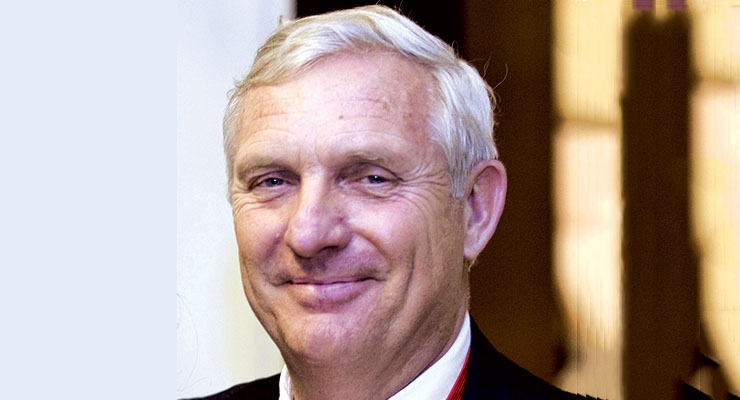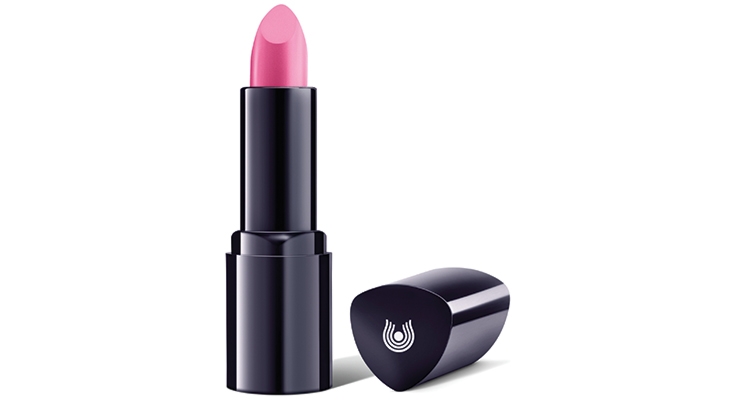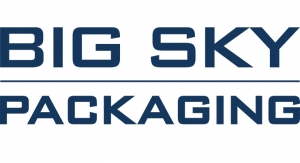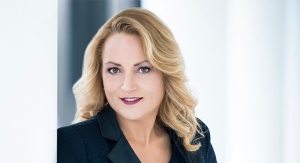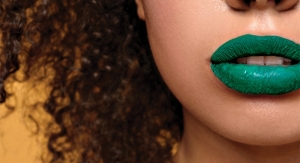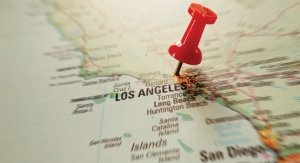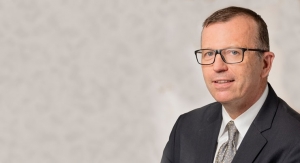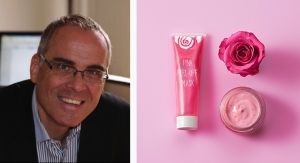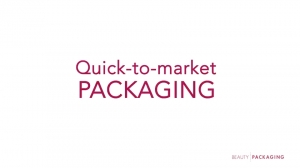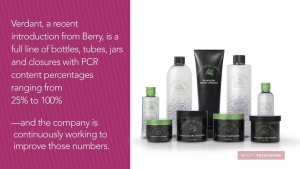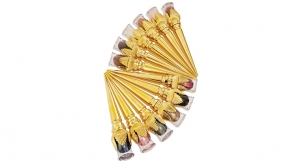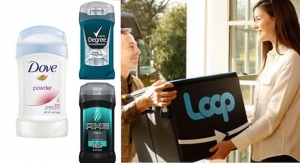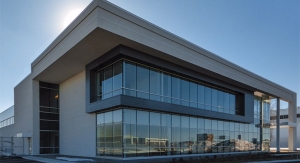Jean-Yves Bourgeois, European correspondent, Beauty Packaging05.29.19
According to a study conducted by French trade offices, with a turnover of 13.563 billion euros in 2017, Germany remains the leading European market for cosmetics, followed by France, the UK and Italy. This is only logical, considering that the country’s contract manufacturing industry in formulation and packaging is extremely reliable and praised for the relevance of its industrial tool and the quality of its products.
This “focus” on Germany, is not intended to provide a complete picture, but it allows measuring the importance of the beauty sector in this country. As the results of the study show, Germany is a heavyweight player in the European cosmetics industry both in terms of consumption and production. This supplement to Beauty Packaging will provide a better understanding of the main industrial stakeholders involved in this country where, historically, Bavaria has more or less been playing a significant part. It is indeed in this region that many “flagship” contract manufacturing companies—specialized in formulation or packaging—are headquartered.
The German cosmetics subcontracting industry has operations in the United States, indeed a strategic country—either through sales offices, subsidiaries or even production plants. For example, Schwan Cosmetics Group inaugurated its new plant in Mufressboro, TN, in 2015. Amount invested: $40 million. This new facility brings together in one place all the productive strike force of the German group, which was previously located in Piscataway, NJ and in Lewisburg, TN. The new site in Mufressboro employs 350 people.
Meanwhile in September 2018, the Faber-Castell Cosmetics Group announced the start of a plant in the Chicago area. The plant, located at an equal distance from the East and West Coast markets, spans an area of 4,000 m² and is entirely dedicated to the production of the company’s cosmetic solutions.
Geka has a plant in Elgin, IL. This state-of-the-art conditioning plant will open next July, with a clean room, temperature and humidity controls, and a laboratory for product testing.
The Second Largest European Producer of Cosmetics
The recent study by the French trade offices cites Germany, in value sales, as the second largest producer of cosmetics in Europe with 6.1 billion euros in sales, behind France (9.1 billion) and ahead of Italy (4.3 billion).
The budget dedicated to cosmetics represents about 158 euros per year and per capita (129 euros at the European level) and 198 euros if we consider consumers as of the age of 14.
Between 2016 and 2017, the sector grew by 0.5%, in the skincare and personal care segments, +3.1%, in oral health care, +2.7%, in natural cosmetics, with 8.5% market share, or 1.185 billion euros (+ 4% growth in 2017).
Imports of cosmetic products increased by 5.9% in 2016 for a value of 6.990 billion euros. The drugstore circuit remains the leading distribution channel for cosmetics in Germany (40% of sales in 2016).
The main players in the market are L’Oréal, Beiersdorf, Procter & Gamble, Henkel and Unilever, which together account for one third of the cosmetics market. The German market is a mature market but one of the most saturated in the world.
A majority of sales of natural cosmetics comes from the largest manufacturers, most of them German operators. The leading brands are Lavera, Dr. Hauschka, Weleda, Anne-Marie Börlind and Logona.
It should be noted that Germany is also, according to the study, the second largest European perfume producer (18%), behind France (32%).
The market for certified natural cosmetics is still very dynamic and offers opportunities in premium segments. Consumer choice is increasingly driven by the types of ingredients in the formula and its overall naturalness.
The skincare and personal care segment experienced strong growth in 2017. The aging of the population and an increase in the purchasing power of German consumers benefited sales in the selective circuit.
Sales of premium cosmetics in the country increased from 3,769 billion euros to 3,834 billion euros between 2016 and 2017 (+1.7%). Growth in this segment is therefore higher than in the rest of the cosmetics market. Growth in the makeup segment was the strongest between 2013 and 2017: +6.1%.
Value sales of German perfume imports increased by 4.2% in 2017. Import sales of essential oils, in value, increased by 13.9% in 2017. Finally, import value sales of skincare products and sun care products increased by 9.1% in 2017.
A Stringent Regulation
The study points out that in Germany, cosmetic products are subjected to the European regulation of November 30, 2009 (Regulation (EC) No 1223/2009). The supervision of cosmetic products is the responsibility of the Länder’s competent authorities also in charge of food safety, where product imports must be declared. The compositions of cosmetic products must also be declared to the Federal Office for Consumer Protection and Food Safety (BVL).
The new law of July 5, 2017 on packaging, which came into force on January 1, 2019 (VerpackG), aims to reinforce the current regulation on the recycling of packaging waste. It forces all newcomers operating in the primary and secondary packaging market to register with the new National Packaging Register, to subscribe to a collection and recycling system, to declare their packaging and quantities, and to pay an eco-contribution.

